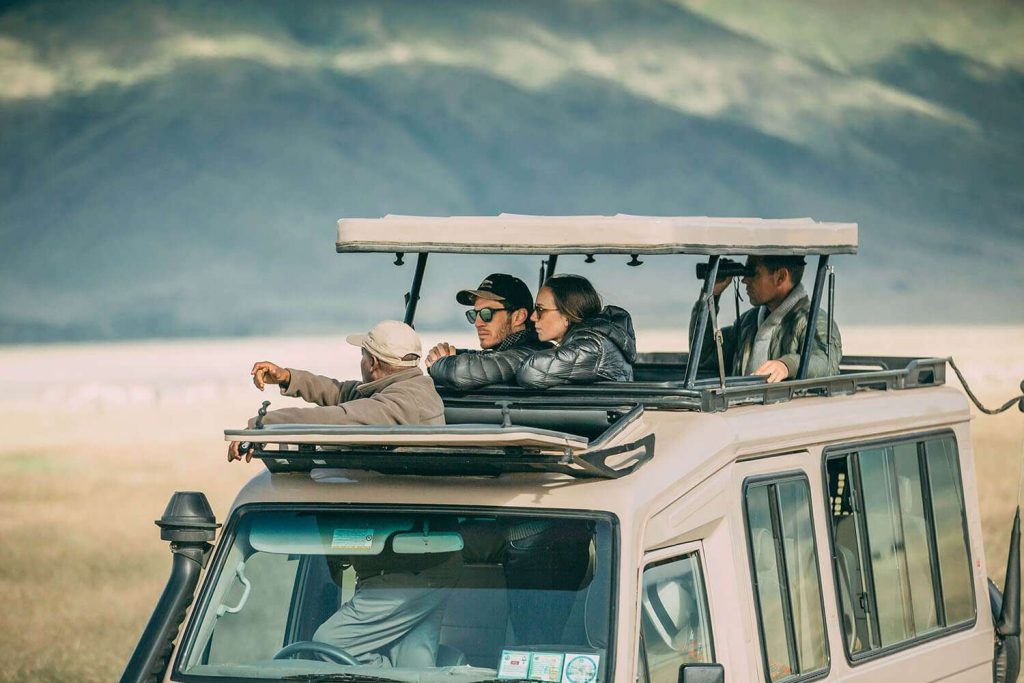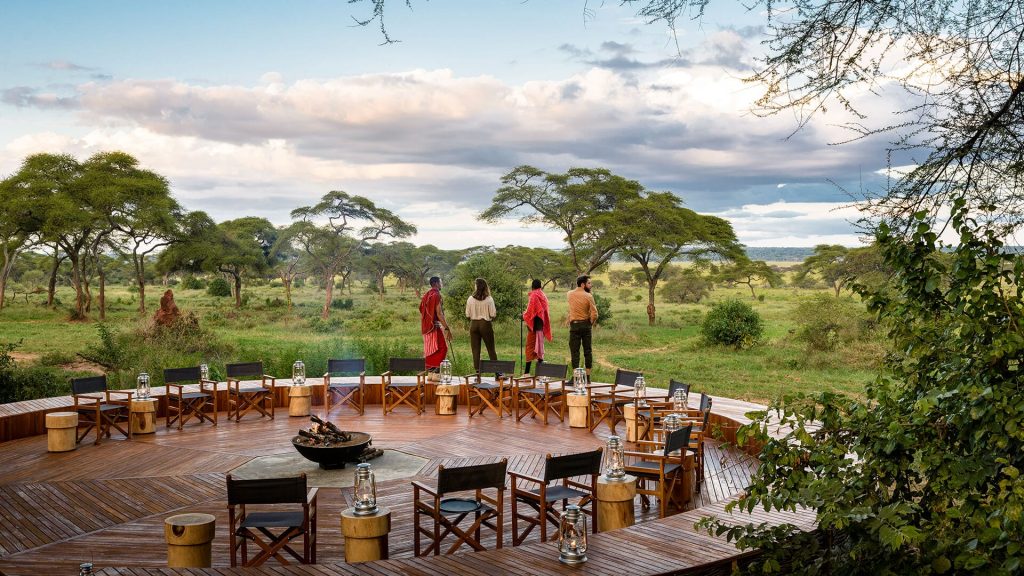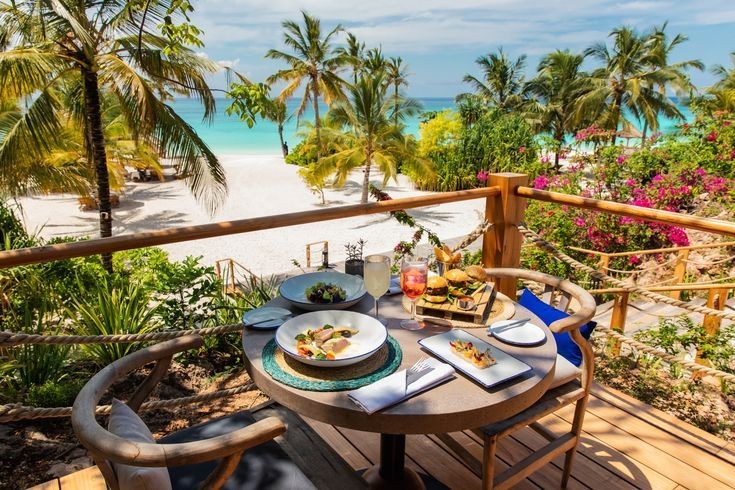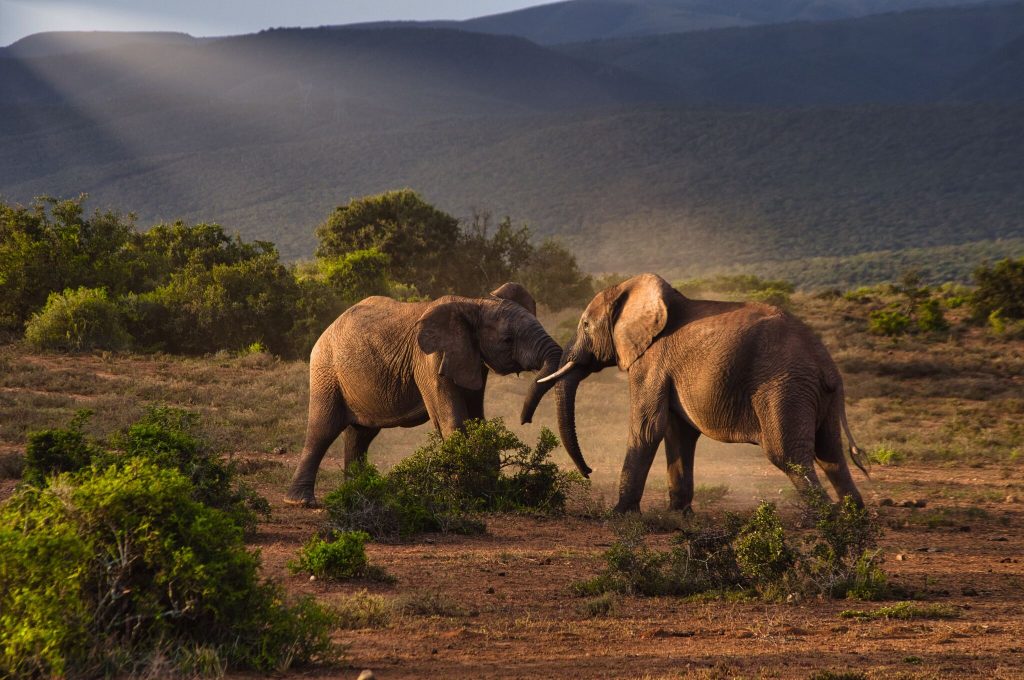Tanzania is synonymous with iconic destinations like the Serengeti and Mount Kilimanjaro, but beyond these well-trodden paths lies a treasure trove of untouched beauty in the country’s Southern and Western regions.
Home to some of Tanzania’s most biodiverse ecosystems, these areas offer a rare, crowd-free safari experience that immerses travellers in nature, culture, and adventure.
Whether spotting wildlife in the vast Ruaha National Park or tracking chimpanzees in the Mahale Mountains, Southern and Western Tanzania promises an authentic and eco-friendly escape.
These regions represent the future of sustainable tourism, offering an exclusive, low-impact experience unlike anything in the more popular northern parks.
These regions provide an untouched and authentic African safari experience, which is increasingly rare in today’s world of over-tourism.
Southern and Western Tanzania receive far fewer visitors, with Nyerere attracting less than 1% of Tanzania’s total tourists annually, while northern Tanzania is home to mass tourism. For example, Serengeti alone hosts over 350,000 tourists per year.
Here’s why Southern and Western Tanzania are vital to tourism and offer travellers a unique, undisturbed escape.
- Unspoiled Wilderness and Rich Biodiversity
Southern and Western Tanzania are home to the country’s most diverse ecosystems. Parks like Ruaha National Park and Nyerere National Park (formerly Selous Game Reserve) in the south, and Katavi National Park, Gombe National Park and Mahale Mountains National Park in the west offer expansive wilderness areas largely undisturbed by human activity.
RELATED: REGROW: The Tourism Link Propelling Tanzania’s Southern Circuit to New Heights
These regions teem with wildlife, including lions, elephants, buffalo, and rare species such as wild dogs, chimpanzees, and hippos.
The lack of crowds means animals behave more naturally, offering tourists a more genuine and intimate wildlife encounter than the more frequented northern parks.
- Low Impact Tourism
One key advantage of Southern and Western Tanzania is the emphasis on low-impact tourism. The infrastructure in these regions is deliberately minimal, allowing the natural environment to thrive without the pressures of large tourist numbers.
This ensures ecosystems remain balanced and unharmed by overuse, protecting the landscape and its wildlife for future generations.
Tour operators and camps in these areas often focus on eco-friendly practices, working in harmony with nature. This safeguards the environment and creates a more immersive and meaningful experience for visitors, who can connect with nature in its purest form.
- Exclusive and Authentic Safari Experience
Southern and Western Tanzania are ideal for travellers seeking an authentic and private safari experience. Unlike the busier northern parks, where many vehicles often crowd around wildlife sightings, these regions offer solitude and tranquillity.
It’s not uncommon to go for hours without seeing another vehicle, allowing tourists to immerse themselves in the wilderness without distractions fully.

This exclusivity also extends to accommodations. Many camps and lodges in these regions are small and intimate and blend seamlessly into the environment. The personal attention from camp staff and guides enhances the overall experience, making it more tailored and rewarding.

- Cultural Encounters and Remote Communities
Visiting Southern and Western Tanzania allows for exceptional wildlife experiences and provides opportunities to engage meaningfully with local communities.
These regions are home to diverse ethnic groups with rich traditions and customs. Engaging with remote communities like the WaHehe and WaBena in the south or the Tongwe people near the Mahale Mountains provides insights into a way of life that has remained largely unchanged for generations.
The absence of mass tourism also means these interactions are more authentic and respectful, with visitors and locals able to connect on a deeper level without commercialization, which can sometimes affect more popular destinations.
- Adventure Beyond the Ordinary
Southern and Western Tanzania offer unique safari experiences beyond traditional game drives. In Nyerere National Park, for instance, tourists can enjoy boat safaris along the Rufiji River, where they can spot hippos, crocodiles, and many bird species.
In Mahale Mountains, the opportunity to track chimpanzees in their natural habitat is an unforgettable experience.
Katavi, one of the most remote parks in Tanzania, offers off-the-beaten-path adventures. Visitors can experience a raw and untamed Africa that outsiders rarely see.
Whether you’re interested in walking safaris, fly camping, or fishing on Lake Tanganyika, the activities in these regions are as diverse as they are exciting.
- Untapped Potential for Growth
While Southern and Western Tanzania remain underexplored compared to the northern regions, they represent a huge potential for the future of tourism in Tanzania.
As more travellers seek authentic, eco-conscious experiences, these areas are poised to become the next frontier in luxury and adventure travel.
Southern and Western Tanzania offer a rare opportunity to experience Africa’s wild beauty in its purest form. Free from the disturbances of over-tourism, these regions provide a truly immersive, authentic, and eco-friendly safari experience, whether it’s the unspoiled landscapes, rich biodiversity, or cultural encounters.
These regions remain key for tourism today and are poised to become the future of sustainable travel in the country. As infrastructure improves and global interest in off-the-beaten-path destinations grows, southern and western Tanzania will be set to attract more visitors seeking exclusivity and intimate wildlife encounters.
Southern and Western Tanzania are the perfect choice for travellers seeking something different, untouched, and unforgettable.



This is really nice and interesting! I plan to explore these areas.